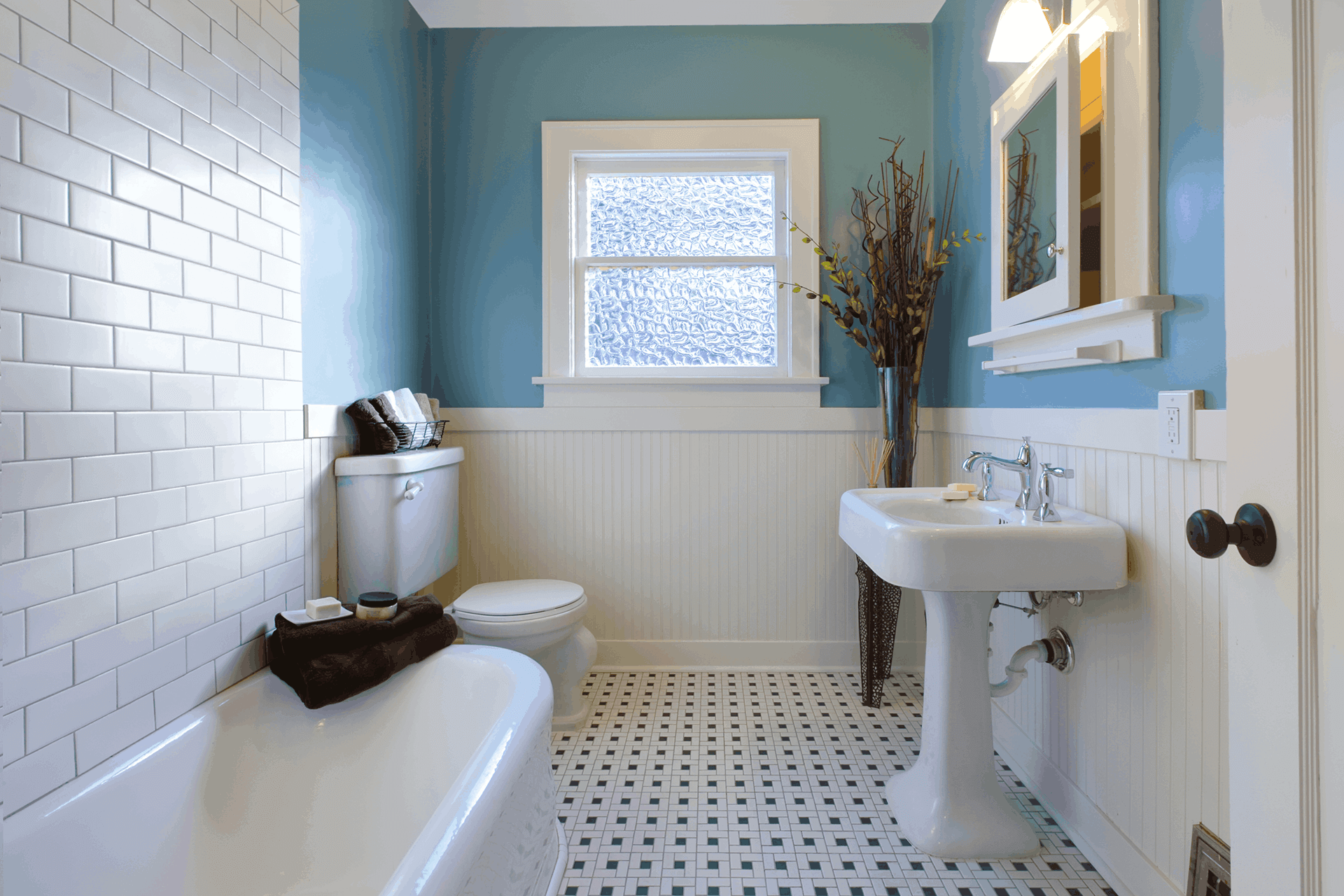Sound Proofing Your Bathroom
Hey did you hear that…..If you didn’t, listen real close, how about putting your ear to the wall to see if that helps. Still nothing? Good. One of the most over looked attributes about your bathroom is sound control.
Its probably not the first thing that comes to mind when designing a bathroom but if your bathroom is a high traffic area or people work at different times of the day, then the times that people use your bathroom could possibly become an issue.
So how do you keep the noises within your bathroom from drifting into other parts of your home? One way to counter the problem is through sound proofing. The other is by the choice of fixtures you purchase.
First look at the design and construction of your bathroom walls. If you are starting from scratch or are willing to gut your bathroom walls exposing the framework then the most effective and possibly the most expensive technique to sound proof your walls is to build a false wall inside the original wall.
Read more: How to Use Invigorating Scents in Your Bathroom
This can be done by staggering the studs, allowing you to weave blanket insulation between them. Another procedure is to attach sound insulation board or even metal insulating channels to the wall studs before you put the wall boards in place.
This method is less effective but is a little easier to apply. Some people simply install standard insulation in between the stud cavities, while this does provide minimal sound proofing, however with this method bathroom sounds still have a tendency of carrying on through the studs themselves.
Believe it or not the layout of your bathroom also plays an important role in controlling sound. Don’t place your bathroom door directly across from other bedroom doors and situate cabinets and built in closets to buffer noises from your bathroom and make sure they are well sealed with doors to reduce echoing.
Read more: The Ultra Contemporary Trend of Wall Hung Fixtures
Sealing Nooks and Crannies
Other places that should be sealed include around electrical outlets and cracks in the floor or walls, around tubs and shower enclosures, recessed medicine cabinets and hanging light fixtures.
Consider purchasing a full shower enclosure instead of an open model. Basically anywhere sound can escape should be sealed with caulk or insulation. You may even think about installing a door stop to close the door quietly and keep sound from leaking out.
Wrap water pipes with insulation and make sure they are strapped in securely to diminish noise. And don’t forget the heating ducts; install fiberglass insulation along the first couple of feet to help absorb any noise coming from the bathroom before it gets too far.
Read more: Grout Cleaning Hacks
Last but certainly not least is the choice of fixtures that you purchase for your bathroom. Today’s toilets not only conserve water but they also reduce the sound of your flushing as well.
What’s more is that you can buy shower heads and vanity faucets that conserve water as well as have adjustable flows to reduce water noise and usage.
From whirlpools to jetted tubs, energy efficient and water conservation is the name of the game in today’s bathroom appliances and fixtures, buy new and you will be able to reap the benefits of the latest technology for a quieter more eco friendly bathroom.
And don’t forget that soundproofing your bathroom not only keeps noise from getting out, it also keeps noise from getting in for a more enjoyable soak in your tub.
Read more: How to replace or repair caulk from shower

